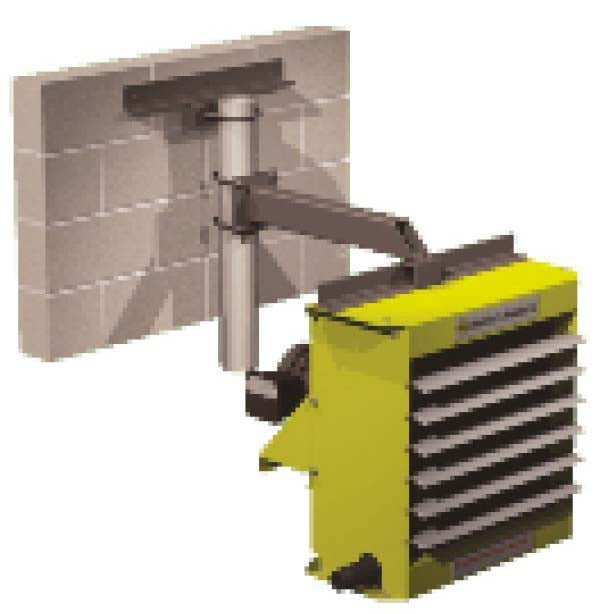You have no items in your shopping cart.
At Heat Authority we understand the need to have as much information as possible on the requirements for hazardous locations and explosive atmospheres. We have compiled some helpful details for you.
Hazardous Areas & Explosive Atmospheres: Guide to Equipment Certification Requirements(By Intertek)
Your complimentary poster guide to hazardous location equipment certification for North America, ATEX & IECEx
Requirements for equipment certifications going into hazardous areas can be extremely complex.
The Hazardous Locations & Explosive Atmospheres – Guide to Equipment Certification Requirements poster includes comprehensive listings for North America, ATEX (Europe) and IECEx (global) standards, methods and requisites.
Section Highlights:
- NEW for 2016-2017:
- – ATEX Directive & Canadian standards updates
- – Expanded NEC/CEC and IEC sections
- – Functional Safety
- – More!
- Typical markings (North America, ATEX, IECEx)
- Protection concepts
- Classification of divisions and zones
- Standards by product type
- Ingress protection codes
- Equipment groups & categories
- Enclosure type ratings
- Atmosphere groups
- Temperature classifications
- Hazardous Area Heating
- And more!
Hazardous Location Guide >>> READ MORE (Get the Facts)

Zone Hazardous Location- Introduction
(By Rockwell Automation)
A major safety concern in industrial plants is the occurrence of fires and explosions. No other aspect of industrial safety receives more attention in the form of codes, standards, technical papers, and engineering design. Regulatory bodies like the Occupational Safety and Health Administration (OSHA) have established systems that classify locations which exhibit potentially dangerous conditions to the degree of hazard presented.
OSHA Publication 3073 defines a hazardous location as follows:
Hazardous locations are areas where flammable liquids, gases or vapors or combustible dusts exist in sufficient quantities to produce an explosion or fire. In hazardous locations, specially designed equipment and special installation techniques must be used to protect against the explosive and flammable potential of these substances.
Hazardous locations can also be described as those locations where electrical equipment might be installed and which, by their nature, might present a condition which could become explosive if the elements for ignition are present. Unfortunately, flammable substances are not always avoidable, e.g., methane and coal dust in mines. Therefore, it is of great importance that a user of electrical equipment, such as push buttons and pilot lights, be aware of the environment in which these products will be installed. The user’s understanding of the hazard will help ensure that the electrical equipment is properly selected, installed, and operated to provide a safe operating system.
There are a great variety of applications, especially in the chemical and petrochemical industries, that require explosion protected equipment. As a result, there have been principles and technologies developed to allow electrical instrumentation and control devices to be used even in environments where there is a danger of explosion. However, focus on explosion protected electrical equipment is not limited to utilization and processing of oil and natural gas. It has expanded into new fields such as waste disposal, landfills, and the utilization of bio-gas… READ MORE >>>












